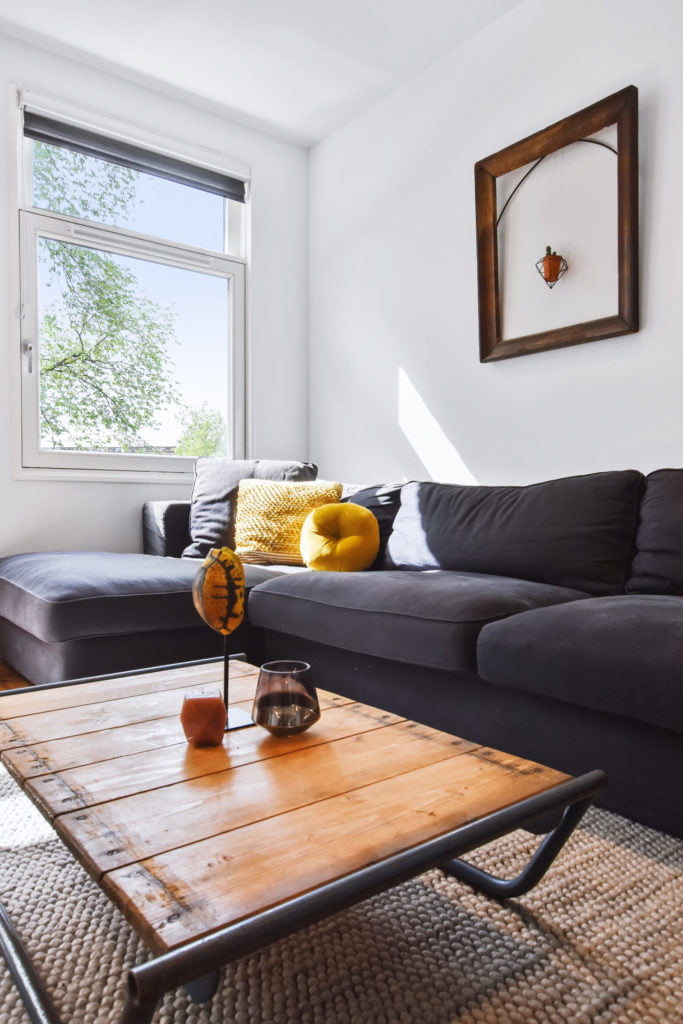While our homes are generally safe places, there are certain hazards that all homeowners are aware of and take steps to prevent. We all take numerous safety precautions around our homes, from fire extinguishers and smoke alarms to child locks on cleaning supply cabinets. Unfortunately, many people fail to realize the importance of carbon monoxide detectors. Although they may look and sound similar, CO alarms and smoke alarms are designed to detect particular hazards.
Carbon monoxide is a colorless, odorless, and tasteless gas produced due to combustion. The gas is toxic, and prolonged exposure can lead to illness or death. Any fuel-burning appliance, tool, or other equipment has the potential to produce dangerous levels of carbon monoxide. Because the gas can go undetected so easily, homeowners and landlords must take precautions to ensure protection.
A good carbon monoxide alarm or detector can help alert occupants of a home to the presence of dangerous gas. Carbon monoxide is the silent killer because it is difficult to tell when it is present, but it can be very dangerous and deadly. Exposure to carbon monoxide gas is usually caused by improper operation or malfunctioning equipment coupled with reduced ventilation. To avoid carbon monoxide poisoning and the harmful effects, you must install proper CO detectors around your home. Let’s take a look at where to place carbon monoxide detectors.
Proper Carbon Monoxide Detector Placement

To maximize the protection of your home from the harmful impacts of CO exposure, you need to ensure proper placement installation of your CO detectors. In some cities and municipalities, local codes and regulations require specific CO detector placement. Most of these mandates stipulate that detectors be placed inside every enclosed sleeping area. While this is a good rule to follow, many experts and professionals agree that you should have CO alarms placed on every level of your home outside of every sleeping area. Although CO is very hard to detect under normal circumstances, there is no way to be aware of carbon monoxide exposure when you are asleep.
Once you ensure that you have enough CO detectors to place on every level of your home, you need to consider where to place the sensor on the wall. It is a common misconception that CO is heavier than air and will sink. As a result, many people place detectors near the floor. The truth is, however, carbon monoxide is slightly lighter than air and will disperse fairly equally into a room. The best place to install your CO detectors is about five feet up the wall so that it is at an average height where most people will be breathing. If this isn’t possible, anywhere on the ceiling or wall will be adequate.
Improper Carbon Monoxide Detector Placement
/cdn.vox-cdn.com/uploads/chorus_image/image/69033220/rsz_2adobestock_380164992.0.jpg)
While the most important thing is ensuring that you have properly working carbon monoxide detectors installed in your home, there are some places you want to avoid. Improperly installing your CO detector or placing it in the wrong location could prohibit the device from accurately detecting carbon monoxide levels in your home. You’ll want to avoid placing detectors in areas with excessive humidity, such as bathrooms. It is also important to keep the device out of direct sunlight. These factors can interfere with detection.
Aside from humidity and sunlight, you’ll also want to ensure that CO alarms are not near any fuel-burning appliance and away from vents, fans, and open windows. Carbon monoxide detectors need to be in locations where outside influences or fresh air won’t impact readings. If your detector isn’t accurately reading the levels of carbon monoxide, it can’t properly protect your family and home.
Along with other safety precautions, carbon monoxide detector placement and care are important to ensure that your family is safe. As with any product, you will want to read the manufacturer’s instructions for the operation of your specific model.










